14 Countries With The Most Beaches
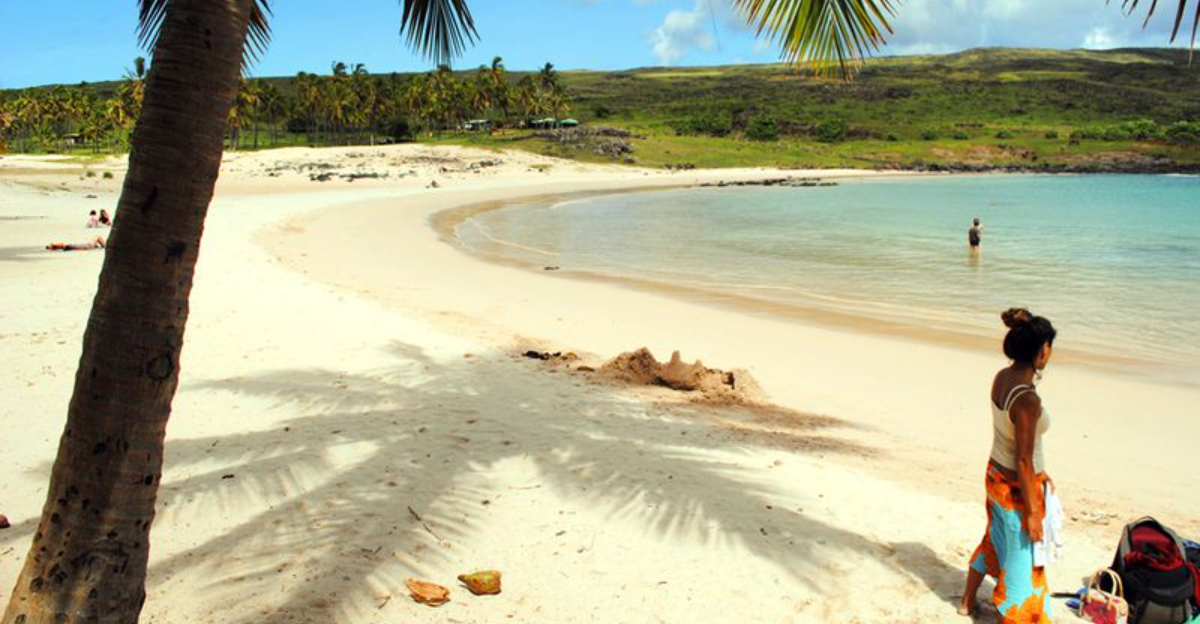
When you think of beach-filled paradises, your mind might jump straight to tropical islands or Mediterranean coastlines—but the real rankings might catch you off guard! Beaches aren’t just for sunbathing; they play a huge role in local economies, ecosystems, and culture.
I’ve dug into the numbers, and it’s fascinating to see which countries truly dominate when it comes to sheer beach abundance. Spoiler alert: it’s not all about palm trees and piña coladas. Some colder, rugged coasts also claim major beach bragging rights!
Do you think you can guess which country has the most beaches? Let’s dive into the list and find out which shorelines deserve a spot on your travel bucket list. You might just discover your next favorite stretch of sand.
1. Australia’s Endless Coastal Paradise
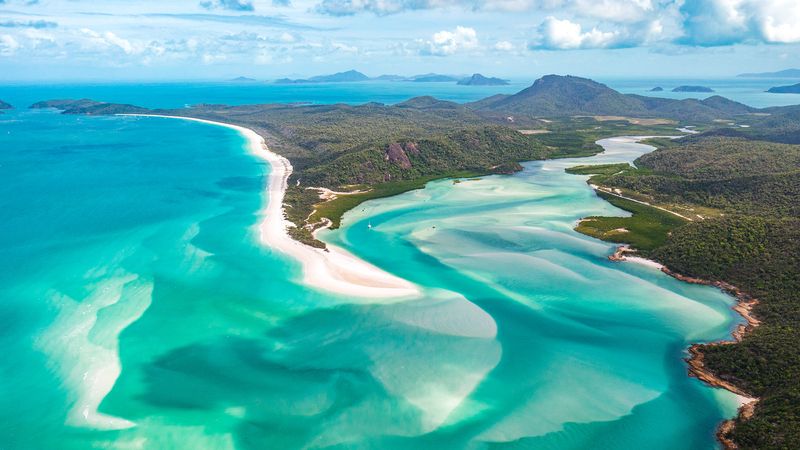
From the snow-white shores of Whitehaven to Broome’s striking red sands, Australia’s beach diversity matches the scale of its 16,000-mile coastline.
Many Australian beaches remain completely untouched by humans, especially along the country’s remote northern and western shores. Surfers flock to spots like Bells Beach and Byron Bay for world-class waves.
If you visited one Australian beach every day, it would take you more than 27 years to see them all! Locals often joke that some beaches don’t even have names yet because there are simply too many to count.
2. Indonesia’s Island Beach Wonderland
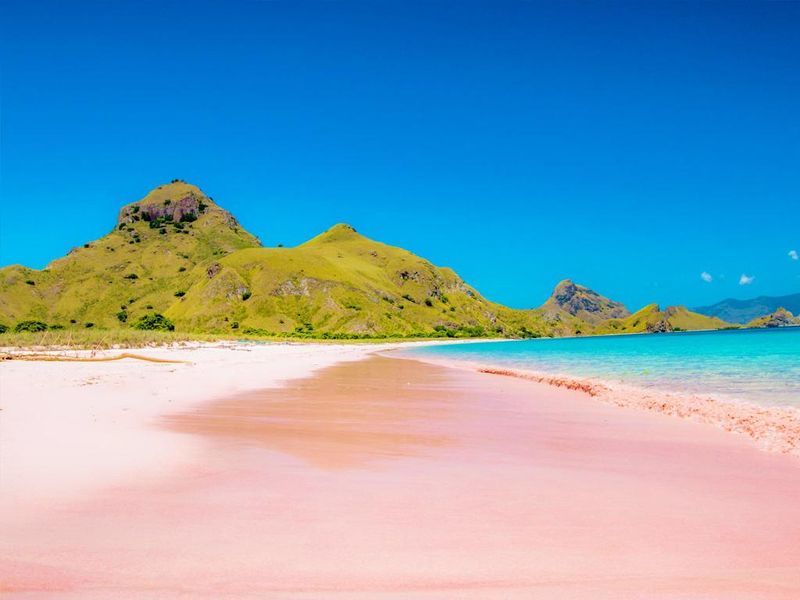
With 17,508 islands scattered across the equator, Indonesia claims around 54,716 kilometers of coastline. The math is simple: more islands equal more beaches than almost anywhere else on Earth.
Bali might be the famous beach destination, but places like Raja Ampat, Lombok, and the Gili Islands offer equally stunning shores without the crowds. Pink Beach on Komodo Island gets its rosy hue from red coral fragments mixing with white sand.
Though many Indonesian beaches look like paradise, they face serious threats from plastic pollution washing in from the ocean. Local communities have started beach cleanup initiatives to preserve their coastal treasures.
3. The Philippines’ 7,641 Island Playground
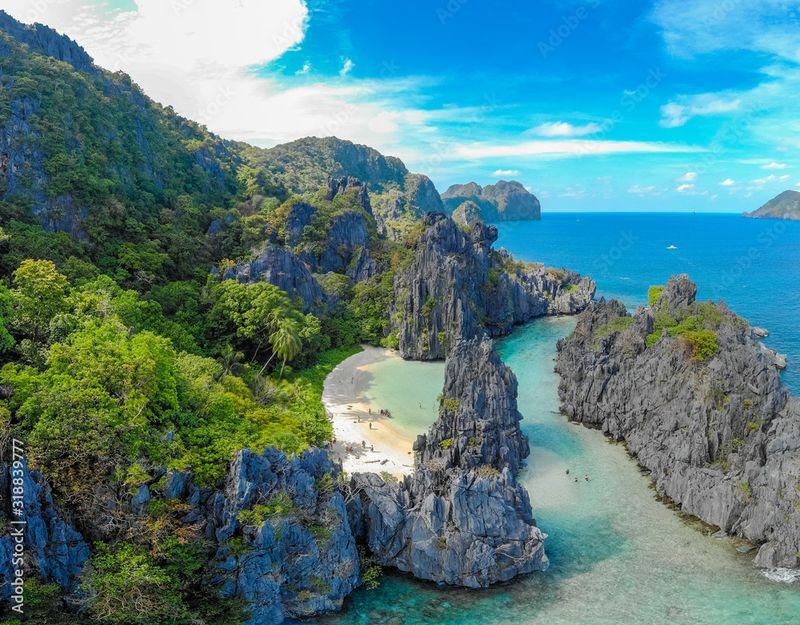
How many beaches can fit into one country? The Philippines gives new meaning to beach abundance with its 7,641 islands creating one of the world’s longest coastlines at 36,289 kilometers.
Hidden lagoons, limestone cliffs, and powdery white sand beaches define this Southeast Asian paradise. El Nido and Boracay get most of the attention, but locals know the best beaches are often found on remote islands accessible only by small boats.
Filipino beaches aren’t just beautiful—they’re biodiversity hotspots. The country sits within the Coral Triangle, home to more marine species than anywhere else on the planet. Many beaches provide critical nesting grounds for endangered sea turtles.
4. Brazil’s Vibrant Coastal Culture
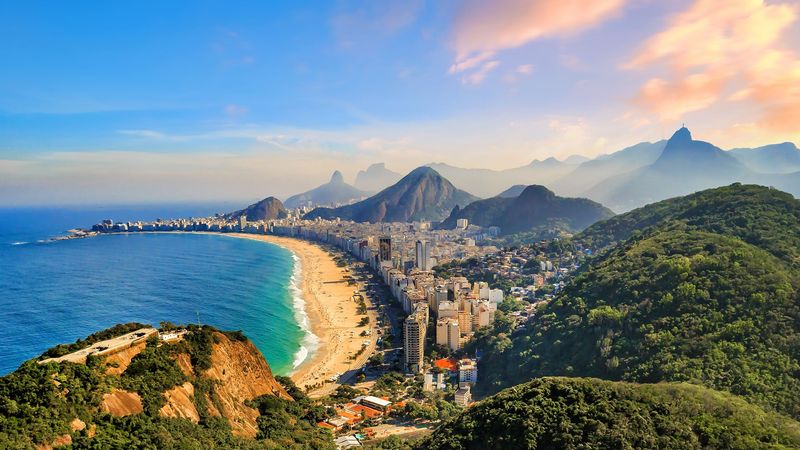
While Copacabana steals the spotlight, Brazil’s sprawling Atlantic coast boasts more than 2,000 beaches, each with its own unique rhythm and beauty.
The country’s northeastern region features some truly spectacular beaches. Jericoacoara requires a journey across sand dunes to reach its shores, while the archipelago of Fernando de Noronha limits visitors to preserve its pristine beaches.
Beach culture runs deep in Brazilian identity. Beyond swimming and sunbathing, beaches serve as community gathering spaces where locals play soccer, practice capoeira, and enjoy fresh coconut water. Many coastal towns host vibrant beach festivals throughout the year.
5. Mexico’s Dual-Coast Beach Bonanza
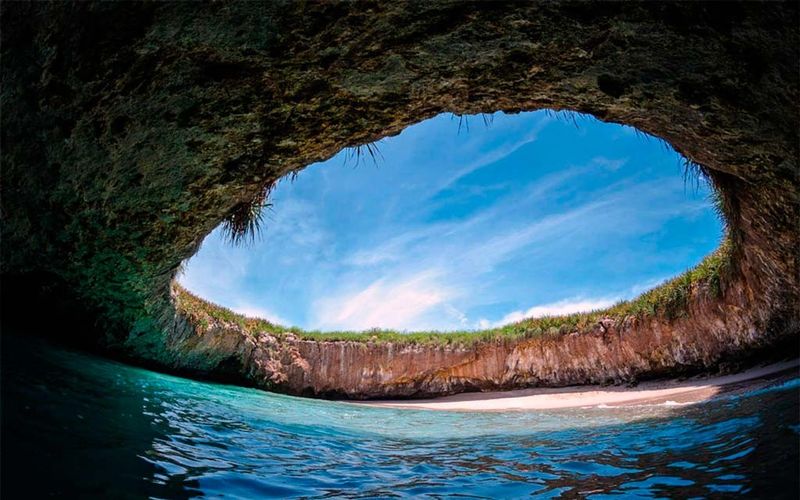
With shores on both the Pacific and the Caribbean, Mexico’s 9,330 kilometers of coastline offer a beach experience for every taste and travel style.
The difference between Mexico’s coasts is striking. Caribbean beaches like those in Tulum feature calm turquoise waters and white sand, while Pacific beaches often have bigger waves and golden sand. Marieta Islands hides the famous “Hidden Beach,” accessible only by swimming through a tunnel.
Mexican beach towns each have distinct personalities. Cancun offers high-rise resorts and nightlife, while Zihuatanejo maintains its fishing village charm. Many beaches connect to ancient Mayan ruins, creating a unique mix of history and natural beauty.
6. Japan’s Volcanic Island Shores
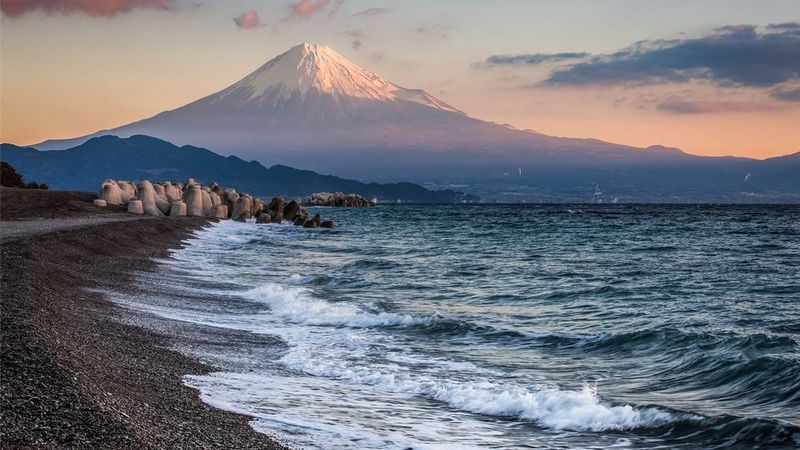
From black sand beaches to jagged lava cliffs, Japan’s 29,751 kilometers of coastline tell a story written by fire and sea.
Black sand beaches like Miho no Matsubara offer dramatic views of Mount Fuji, while Okinawa’s tropical islands feature white coral sand and turquoise waters that rival any Caribbean destination. Tomori Beach on Ishigaki Island glows with bioluminescent plankton at night.
Though not traditionally known as a beach destination, Japan takes beach management seriously. Many beaches have designated swimming seasons with lifeguards, and some popular urban beaches like Odaiba in Tokyo are human-made. Star-shaped sand beaches in Okinawa contain tiny star-shaped fossils of marine organisms.
7. Greece’s Ancient Island Beaches
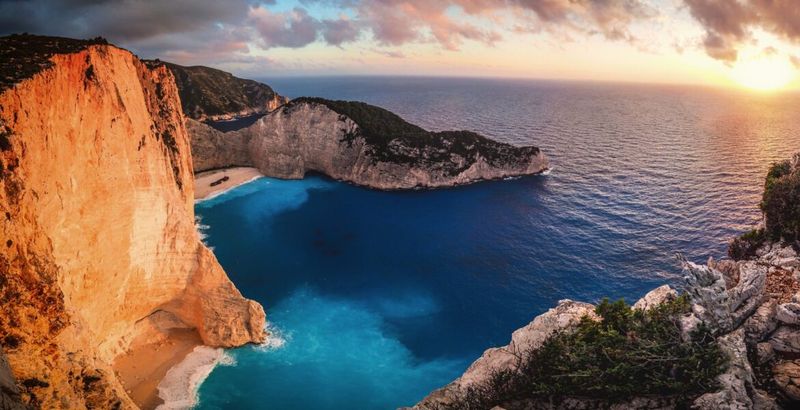
Thanks to thousands of islands and a rugged mainland, Greece offers one of Europe’s longest coastlines and some of its cleanest, most scenic beaches.
History meets natural beauty on Greek beaches. Navagio Beach features a famous shipwreck, while Sarakiniko looks like a moonscape with smooth white volcanic rocks. The pink-tinted sand at Elafonisi Beach comes from crushed seashells.
Greek beach culture revolves around laid-back enjoyment rather than high-energy activities. Small tavernas often sit right on the sand, serving fresh seafood and cold drinks. Many beaches remain undeveloped, especially on smaller islands that receive fewer tourists.
8. United States’ Diverse Coastal Treasures
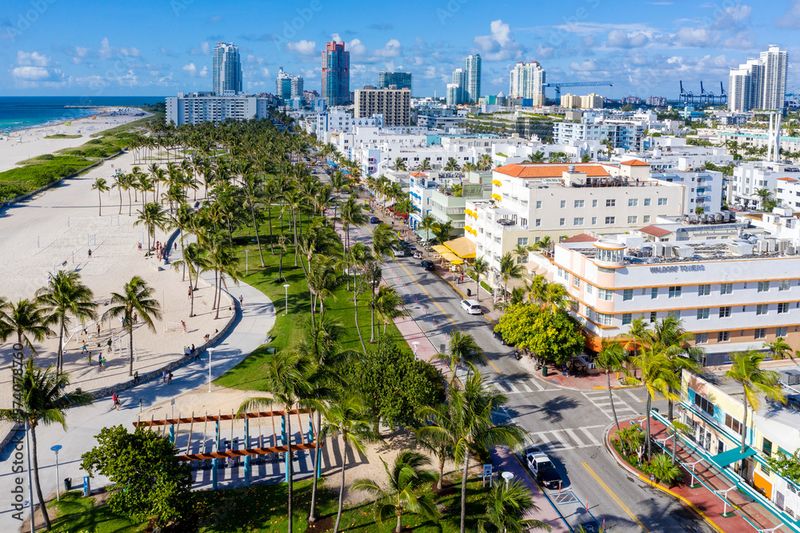
No matter your beach style — frozen, wild, or tropical — America’s 95,471 kilometers of coastline deliver every seaside experience under the sun.
Hawaii’s volcanic black sand beaches contrast with Florida’s powdery white Gulf Coast. California’s rugged Pacific shores differ completely from Cape Cod’s sheltered bays. Glass Beach in Fort Bragg formed when ocean waves transformed a former garbage dump into a shore of smooth, colorful sea glass.
Beach access varies dramatically across states. Hawaii law guarantees public access to all beaches, while other states have more private coastlines. The Great Lakes add thousands of freshwater beaches to America’s count, including Indiana Dunes with sand mountains rising 200 feet above Lake Michigan.
9. Thailand’s Tropical Beach Escapes
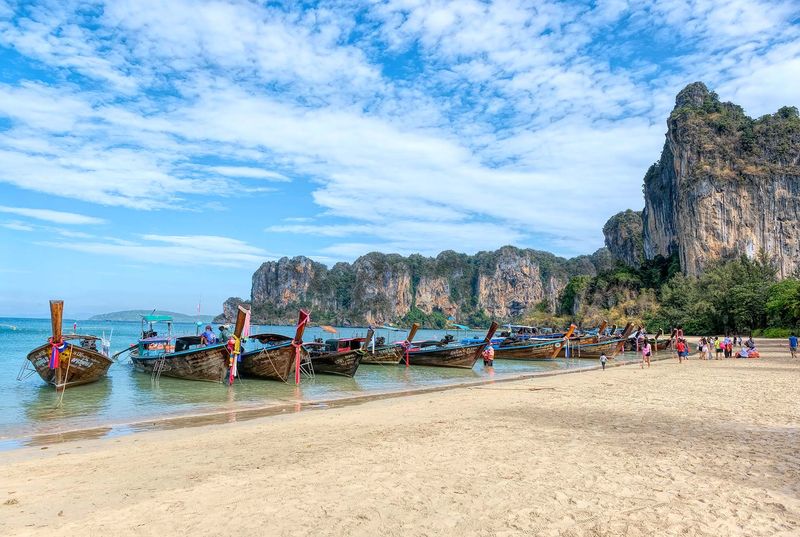
Thailand’s 3,219 kilometers of coastline create over 1,500 beaches across both the Andaman Sea and Gulf of Thailand. The country’s beach fame exploded after the movie “The Beach” showcased Maya Bay’s stunning scenery.
Thai beaches offer incredible variety. Railay Beach sits at the base of dramatic limestone cliffs accessible only by boat. Koh Lanta provides quiet, family-friendly shores. Some beaches glow blue at night with bioluminescent plankton, creating magical nighttime swimming experiences.
When exploring Thai beaches, timing matters greatly. Monsoon seasons affect different coasts at different times, so while it might be stormy in Phuket, Koh Samui could be perfectly sunny. Many formerly overcrowded beaches now implement visitor limits to help ecosystems recover.
10. Vietnam’s Emerging Beach Destination
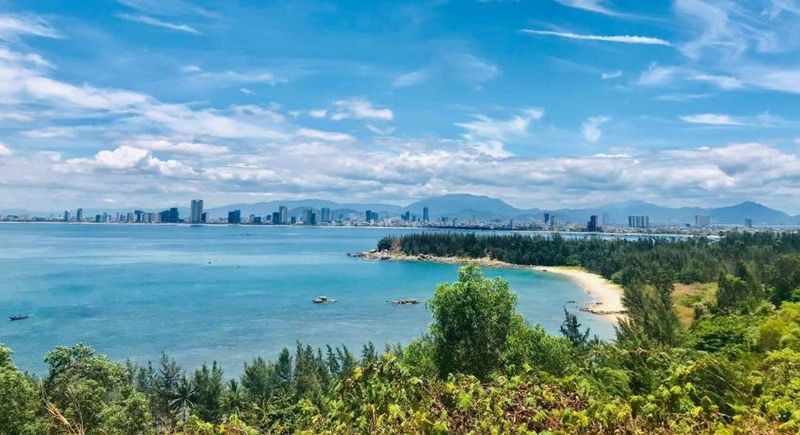
Once overlooked, Vietnam’s 3,260-kilometer shoreline is now making waves — with rapid development transforming hidden coastal gems into rising destinations.
Northern beaches like those in Halong Bay feature dramatic limestone karsts rising from the sea. Central Vietnam offers historical charm at Danang and Hoi An beaches. Southern beaches like Phu Quoc Island have softer sand and calmer waters.
Many Vietnamese beaches still maintain their authentic local character. Fishermen launch traditional round bamboo boats directly from the shore, and morning beach markets sell the night’s fresh catch. Some remote beaches in Con Dao National Park serve as protected sea turtle nesting sites.
11. Italy’s Mediterranean Beach Culture
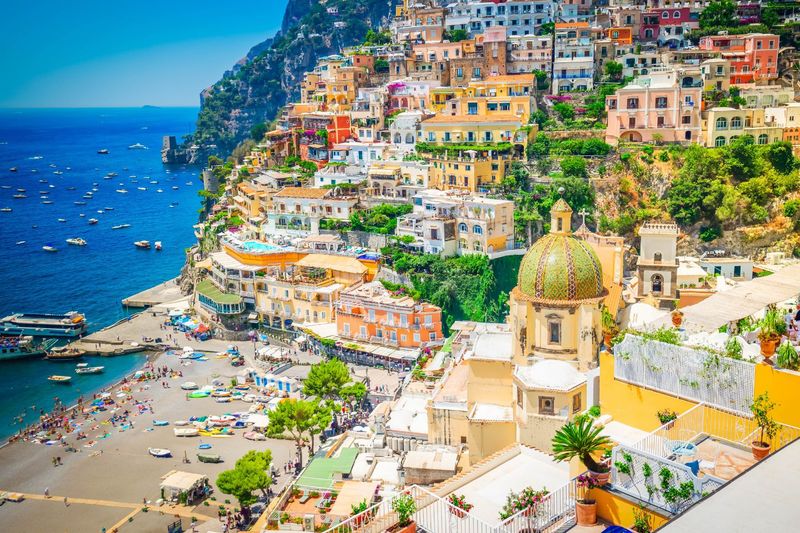
From the Amalfi Coast to Sicily’s quiet coves, Italy’s 7,600-kilometer shoreline offers something for every kind of beach lover.
Sicily and Sardinia feature some of Europe’s most beautiful beaches. The colorful fishing villages of Cinque Terre perch above small rocky beaches. Tropea Beach in Calabria sits below dramatic cliffs topped with historic buildings.
Italian beach culture follows distinct patterns. Many beaches operate as private clubs with organized rows of umbrellas and chairs for rent. Italians typically take their main vacation in August, when cities empty and beaches fill to capacity. Beach dining reaches art form status with seaside restaurants serving fresh seafood pasta mere steps from the water.
12. Chile’s 2,700 Miles of Pacific Coastline
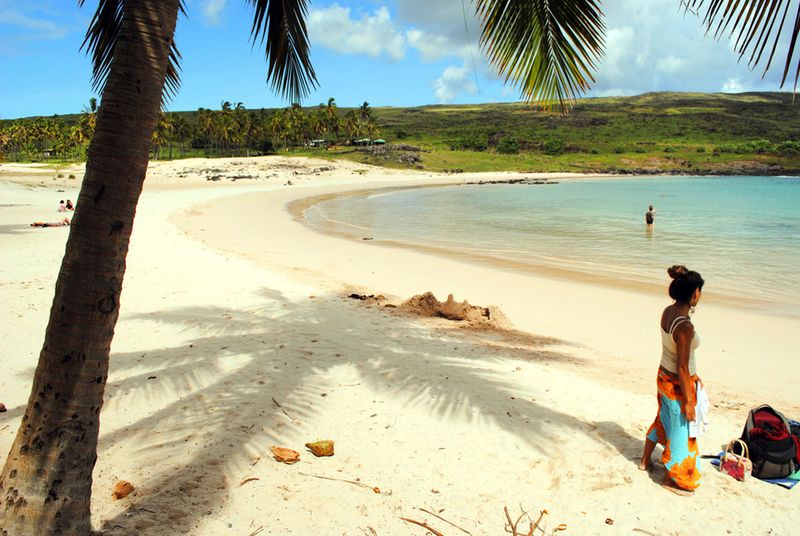
Few countries pack more coastal diversity into a narrow frame than Chile, where beaches shift with the climate as you move from Atacama to Patagonia.
Northern beaches near Arica enjoy warm waters and year-round sunshine in one of the world’s driest deserts. Central beaches around Viña del Mar attract domestic tourists with developed facilities. Patagonian beaches feature dramatic scenery but frigid waters.
Though Chile has abundant coastline, many beaches remain undeveloped due to rugged terrain and difficult access. Anakena Beach on remote Easter Island offers white coral sand and ancient Moai statues gazing over the shore. Chile’s beaches face the open Pacific, creating excellent conditions for surfing, especially around Pichilemu.
13. Norway’s Surprising Arctic Beaches
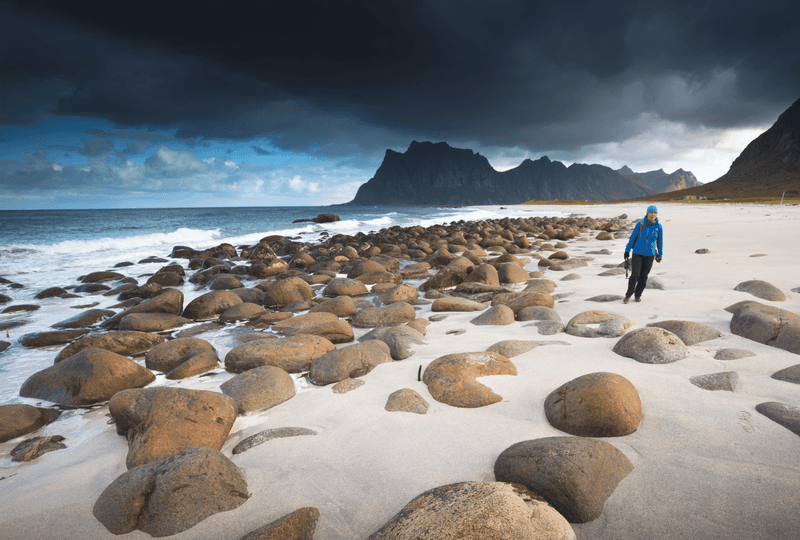
You wouldn’t expect Norway to rival tropical nations in coastline length — but with over 25,000 kilometers of rugged shore, it quietly does, offering Arctic beaches unlike any you’ve seen.
Lofoten Islands showcase some of Norway’s most stunning beaches. Uttakleiv Beach features smooth round stones polished by waves, while nearby Haukland Beach offers surprisingly white sand against dramatic mountain backdrops. During summer, you can enjoy midnight sun beach walks.
Winter transforms Norwegian beaches into surreal landscapes where northern lights reflect off snow-covered sand. Brave surfers wearing thick wetsuits ride waves year-round at Unstad Beach, one of the world’s northernmost surf spots. Many Norwegian beaches remain pristine because cold temperatures limit traditional beach tourism.
